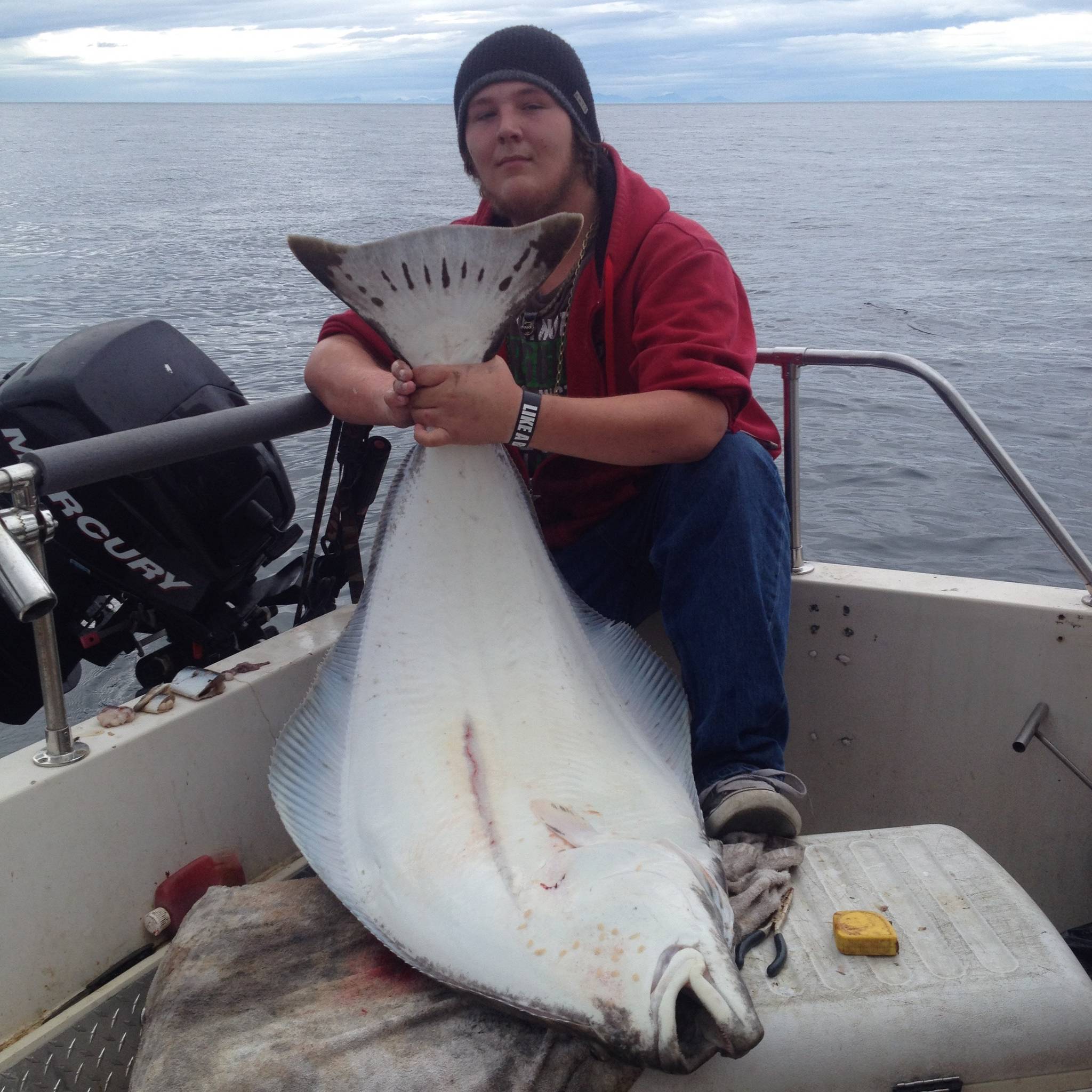The crowds on the Kenai River fishing docks have thinned out for the time being as the river’s salmon runs transition from red to silver.
The Kenai River sockeye salmon run is winding down for the season. Anglers in Soldotna Creek Park on Tuesday morning hooked a few sockeye, some tinged with red and others in full spawning colors. Fully colored sockeye salmon were stacked up at the pools below the Russian River Falls this weekend, having passed through the corridor of anglers in the Russian River and Kenai River confluence area.
The total passage is nearing 1 million sockeye for the Kenai River, according to the Alaska Department of Fish and Game’s sonar estimates. A mid-size plume of fish passed the sonar Monday, with about 56,000 fish headed upriver, before dropping back down to about 30,000 fish Tuesday. The noon sonar estimate was about 6,000 fish, according to the afternoon commercial fishing announcement Wednesday.
The Kasilof River has already met its escapement goal and the sockeye run is tapering off there as well. About 318,000 sockeye have already passed the sonar, with about five days of counting left to go.
The Russian River’s late run of sockeye is ramping up as well, with more than 1,000 fish having passed the weir on Lower Russian Lake every day since Aug. 1, according to Fish and Game’s data. About 20,500 fish have passed through the weir as of Tuesday, with the water level dropping from a high of 8.75 inches on July 15 to 5.25 inches on Tuesday.
The commercial fisheries biologists who monitor the sockeye salmon run have estimated that Upper Cook Inlet’s sockeye runs are three or more days late this season and are still projecting the escapement to exceed about 1 million fish.
The guides at Tower Rock Lodge on Ciechanski Road have had good luck fishing for sockeye salmon in the lower Kenai River for the last few days, said marketing manager Mike Griffin. It’s now late in the sockeye run but they’re still catching limits on sockeye in the lower part of the river, he said.
“There was a steady flow of fish throughout the day, and they were picking off sockeyes throughout the day,” he said.
The guides have been seeing a few silver salmon entering the river as well, though not in large numbers yet, he said.
It’s hard to say exactly what the runs of silver salmon, or coho, are like in the Kenai and Kasilof rivers. Fish and Game doesn’t enumerate them, but the rough timing for the run begins in late July to early August and runs throughout the fall, tapering off in November. The coho fishing season on the Kenai River upstream of Bings Landing, just north of Sterling, officially ends Oct. 31, though there’s no official end to coho fishing downstream of that.
The most popular methods of fishing for them are trolling or mooching with herring or with flies or lures along shore, according to Fish and Game. However, anglers have various preferences, with some preferring to fish with eggs for bait while others opt for just a spinner and hook. In the fall, the restrictions on gear come off on the lower Kenai River, and bait and multiple hooks are allowed. However, after Nov. 1, anglers between Bings Landing and Skilak Lake are restricted to one bunabited, single-hook artificial lure, and from Sept. 1–Dec. 31, anglers between the Killey River and Skilak Lake are restricted to the same.
Some anglers are also hooking into a mix of pink salmon among the sockeye on the Kenai this year. Pinks return to the Kenai every year, though in greater numbers on odd-numbered years. However, this year, the run of pinks seems to be larger than normal for an even-numbered year. The commercial fishing fleet is encountering larger numbers of them than expected in an even-numbered year, and fishermen during the Kenai River personal-use dipnet fishery saw them in their nets in the later part of July.
King salmon continue to pass into the Kenai River, though fishing closed on July 31. The sonar count has passed the lower end of the escapement goal of between 13,000 and 27,000 large king salmon, with 18,704 large kings having passed the sonar site as of Tuesday. However, that doesn’t take harvest into account throughout the season, and the managers are projecting a final escapement of 21,000 large kings, according to the Tuesday update to the late-run king salmon inseason run summary.
The data Fish and Game has from its netting project shows that the ages are mostly older and the fish are larger, according to the summary, an improvement from recent years when younger, smaller kings dominated the run.
“Chinook salmon captured in the netting program recently have been primarily older (larger) Chinook salmon,” the summary states.
Reach Elizabeth Earl at elizabeth.earl@peninsulaclarion.com.

